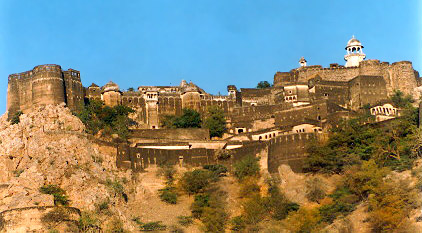 Kuchaman City has gained recognition amidst plethora of cities that have development in the soils of Indian continent. Lying in the district of Nagaur of Rajasthan this city houses quite a number of magnificent `Havelis` and also a fortress. A municipality has been set up which looks after the administration and management of that Kuchaman City.
Kuchaman City has gained recognition amidst plethora of cities that have development in the soils of Indian continent. Lying in the district of Nagaur of Rajasthan this city houses quite a number of magnificent `Havelis` and also a fortress. A municipality has been set up which looks after the administration and management of that Kuchaman City.
Without knowing the demographical scenario of this Kuchaman City it is not viable for a person to depict its salient features in the correct way. Over the year numerous surveys that they have organized enabled them to narrate information like literacy rate, population status etc. A due emphasis may be done on the Census report. It is issued forth in the year 2001 and acts a vital document of Kuchaman City` s demographical traits. According this report, the total population of Kuchaman City has showed a population count of 1,50,566. Only by analyzing the report one could decipher the status of females, males and children. In Kuchaman City population of males constitutes 52 %. As far as female populace of Kuchaman City is apprehended it has got a counting of48 %. Children who fall into the age group of below ten years of age comprises of 27 % of the total population of Kuchaman City.
Literacy rate of Kuchaman City also acts as vital information. It has got an average literacy rate of 59 %, which is even lower than that of the entire nation, which constitutes 59.5 %. Similar to population status, in Kuchaman City male literacy rate comprises of 70 % percent, which is more than female populace. The literacy rate of males is 46 %.
From the perspective of the entire Nagaur district few more information can be penned down easily. Keeping in tune with most of Indian places, resident of this district too have adapted agriculture as their chief occupation .The observation says that more than 92.6 % of the workers have been employed in agricultural activities. Principal crops that are produced here include jowar, til, bajara, wheat, barley and pulses. Due to its integrity with the district it is obvious that people of Kuchaman city also have followed the same trend and tradition.



















